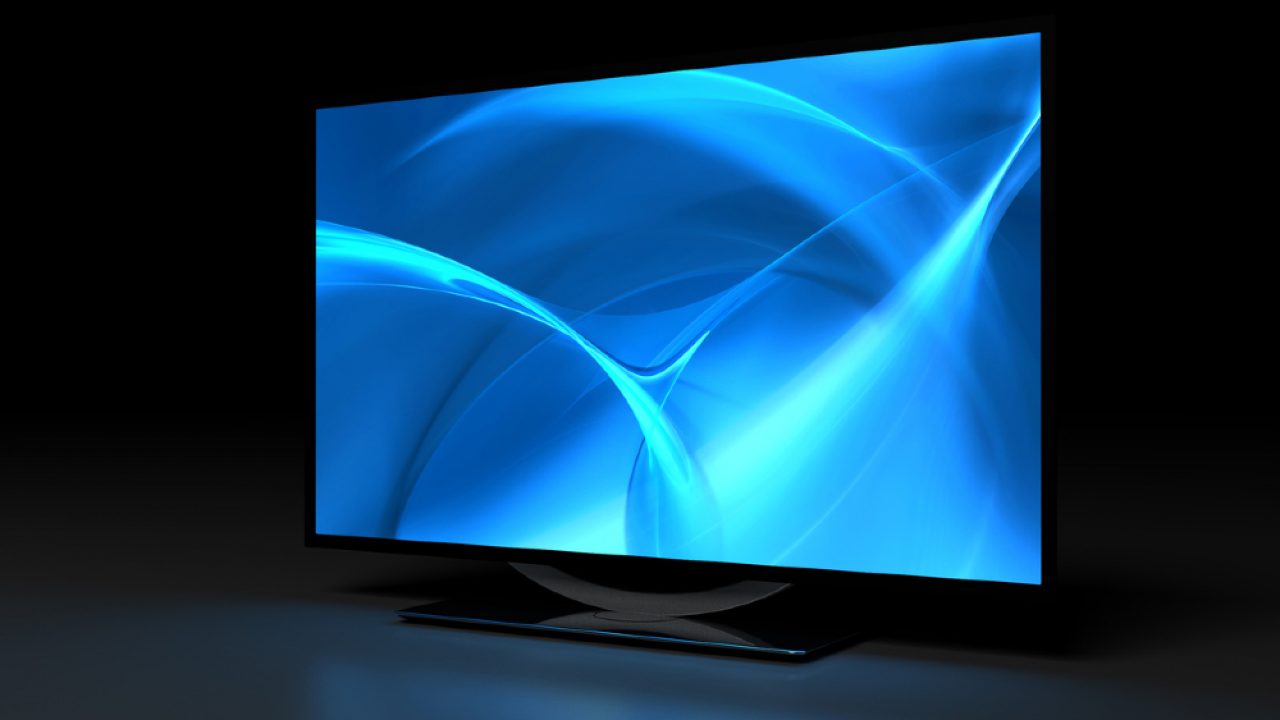
Home Reviews Screens & Monitors Enjoy Spectacular Visuals With the Best 4K 120Hz Monitor
TechJunkie Expert Recommendations
TechJunkie is supported by our readers. When you make a purchase through our links, we may earn a commission. Read More.

We may earn a commission if you make a purchase through one of our links. The newsroom or editorial staff was not involved in the creation of this content.
Any professional who wants to make high-quality images or videos these days needs a good 4K 120Hz monitor. While some are better suited to creative professionals, most 4K monitors are ideal for everyday tasks and video streaming due to their fine details and beautiful colors. As the number of 4K, or Ultra-High-Definition (UHD), monitors grows, choosing the perfect one is becoming increasingly difficult. While having so many high-definition monitors available at ever-lower prices is wonderful, having too many options can be a pain for people. There are plenty of 4K monitors on exhibit to complicate things, several of which offer impressive capabilities at a low price. We’ve put together this list of the top 4K 120Hz monitors as a guide to help you figure out which one is ideal for your setup and intended use.
When it comes to style and quality, the AOC U2790VQ is a sleek 4K monitor with competitive pricing that undercuts its rivals without sacrificing quality. This UHD monitor strives to go above and beyond by providing more functionality than you’d expect from a simple workplace monitor.
In terms of color accuracy, this is an above-average IPS monitor designed for office productivity. This monitor provides more than 99% RGB coverage, good connectivity options, and most importantly, native 4K resolution. It has a resolution of 3840 x 2160 pixels, making it an excellent monitor for the workplace or the home office. We’ve chosen this monitor as the best on our list because of its sleek design, functionality, and high-quality display.
The Samsung Odyssey G70A features a 28-inch IPS display with a resolution of 3840 x 2160 pixels, a maximum refresh rate of 144Hz, and a 1-millisecond enhanced response time. It has a fresh, bold appearance that makes it look appealing without being overly showy and the included stand allows you to change the tilt, pivot, swivel, and height. Since the plastic panels are strong and durable, they will not crack or flex when put under a moderate amount of force. This monitor has a reasonable amount of features, including many color controls, some game-specific capabilities, and three additional face buttons for quick access to some settings if that’s something you’re interested in.
The ASUS TUF is an amazing gaming monitor that can handle any game. Thanks to its 3D IPS panel and 144Hz refresh rate, it creates vibrant colors in stunning detail. This monitor also features NVIDIA G-SYNC technology and the unique ability to switch between different display settings.
The 1-millisecond response time allows incredibly smooth gameplay, allowing you to assert superiority over your opponents, while the 28-inch screen provides sharp, accurate-looking visuals. And, thanks to its base, you won’t have to worry about the stand taking up too much room on your desk.
The EL2870U is a 28-inch 4K TN panel with HDR, Freesync, and a response time of 1 millisecond. There are two built-in speakers, a DVI 1.4 interface, two HDMI 2.0 connectors, and BenQ’s eye-care technology for those who spend their days staring at monitors.
Although it’s not one of the top 4K gaming monitors available, it works admirably well when used with FreeSync. This monitor supports HDR10, which is the most widely used HDR standard and can be found on Ultra HD Blu-ray discs as well as in streaming. Best of all, it features HDR emulation and Brightness Intelligence Plus, which adjusts its color temperature based on the lighting in the room.
This AORUS monitor provides a clear, lifelike image, featuring a super-fast IPS panel that has a 1-millisecond response time. With a rapid refresh rate, low input lag, and a remarkable response time, this monitor provides an amazing gaming experience. Even better, it’s compatible with FreeSync variable refresh rate technology, which provides an almost tear-free gameplay experience.
When you’re not gaming, this makes a fantastic monitor for various other tasks, such as watching movies or photo editing. Besides having excellent text clarity due to the high pixel density, it also features wide viewing angles, excellent gray uniformity, and superb accuracy right out of the box.
FreeSync monitors are less luxurious in general and only work with AMD GPUs, whereas G-Sync monitors will only work with NVIDIA GPUs. But, if you’re on a budget, you can now acquire FreeSync monitors that are compatible with G-Sync.
You should consider acquiring a 4K gaming monitor if your computer can handle one. An upgrade to a high-end graphics card for 4K will ensure that your machine is more than simply a gaming slideshow.
In general, 4K 144Hz monitors outperform 120Hz monitors. Besides having a greater refresh rate, the image smoothness is significantly better than the 120Hz monitor, but the 144Hz monitor is a little more expensive than the 120Hz monitor.
If you don’t see an app that should be here, let us know what it is